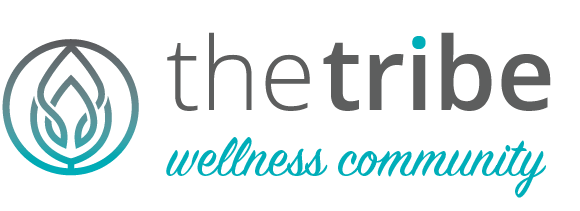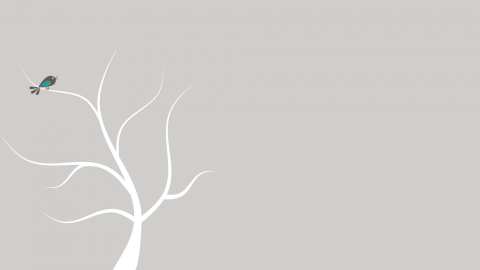Are you, or someone you care about, unusually sad or unhappy? Do you no longer take pleasure in activities that you used to? Has your appetite changed or have you gained or lost weight unintentionally? Have you experienced inexplicable mood swings? Physically, do you experience fatigue when doing even the smallest of tasks? Mentally, are you struggling with speaking, remembering, thinking, reasoning, or deciding things? Emotionally, are you feeling worthless, unsuccessful, unloved, worried or suicidal? Answer “yes” to any five of these things, and you are possibly suffering from what we commonly refer to as depression.
Merriam-Webster dictionary defines “depression” as, among other things, a state of feeling sad or a serious medical condition in which a person feels very sad, hopeless, and unimportant and often is unable to live in a normal way. “Depression” is a broad term for many kinds of mental or situational disorders that present in children and teens, older adults, and in both men and women. And, “depression” affects different people in different ways.
In children, for example, symptoms of depression may include aches and pains, being underweight, clinginess, irritability, refusing to go to school, sadness, or worry. In teenagers, in addition to the children’s symptoms, anger or hostility, avoidance of social interaction, eating or sleeping too much, extreme sensitivity, feelings of being misunderstood, feelings of worthlessness and negativity, inability to make decisions, loss of interest in normal activities, poor performance at school, use of alcohol and/or controlled substances, abuse of drugs, self-harm, and sleep problems (either sleeping too much or insomnia) are symptoms.
Older adults present with more subtlety, because many of their symptoms can be readily confused with the aging process. Older adults can present, to a greater or lesser degree, with any of the teenage symptoms. In addition to these, or in place of them, symptoms may include anxiety or agitation, problems with memory and/or speech, preference to stay home instead of going out, reluctance to do new things, personality changes, or suicidal thoughts or feelings.
There is a book, published by the American Psychiatric Association, called the Diagnostic and Statistical Manual of Mental Disorders (DSM), now in its Fifth Edition (DSM-5), that presents criteria for the classification and diagnosis of mental disorders. It is used, or relied upon, by psychiatrists and psychologists, doctors, researchers, health insurance companies, regulatory agencies that deal with psychiatric drugs, manufacturers of pharmaceutical products, the legal system, and policy makers. It contains a description of the various types of depression, from seasonal affective disorder to major depressive disorder, and everything in between and on either side them, as well as the nuances of each diagnosis.
Do not try to diagnose yourself. This is a foolhardy and dangerous thing to do. You should seek out a medical professional. The best place to start is with your regular doctor. He or she can give you a physical examination to determine whether the symptoms you are suffering from are due to a medical illness or, perhaps, a form of depression. Your doctor can either treat your condition or refer you to a psychiatrist, therapist or counselor for help. If you are in danger of harming yourself, contact 911 for immediate help or call the National Suicide Prevention Lifeline at 1-800-273-TALK (8255) for 24 hour/7 days a week assistance.
Whatever you choose to do, it is critically important that you seek assistance. Depression is a treatable illness.
To gather more information about mental health issues, pls visit A New Start Treatment and Recovery website.


